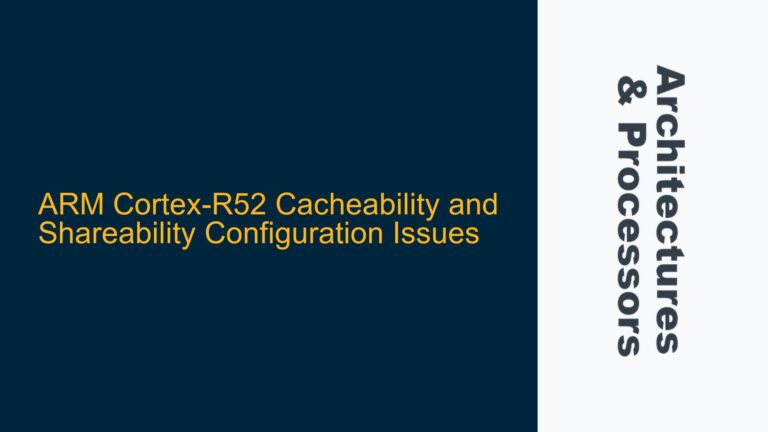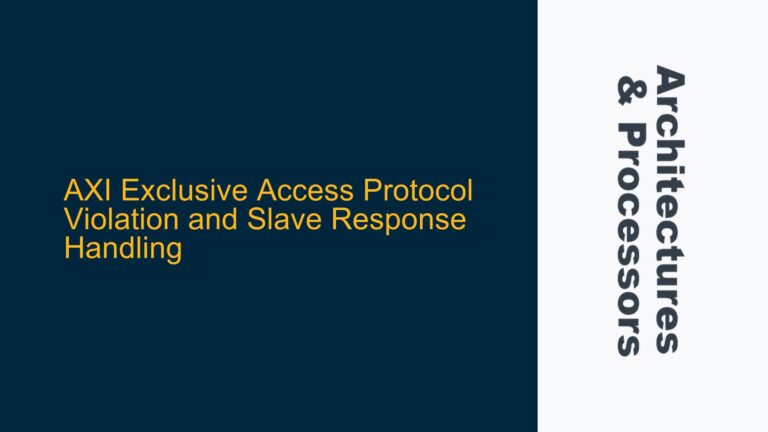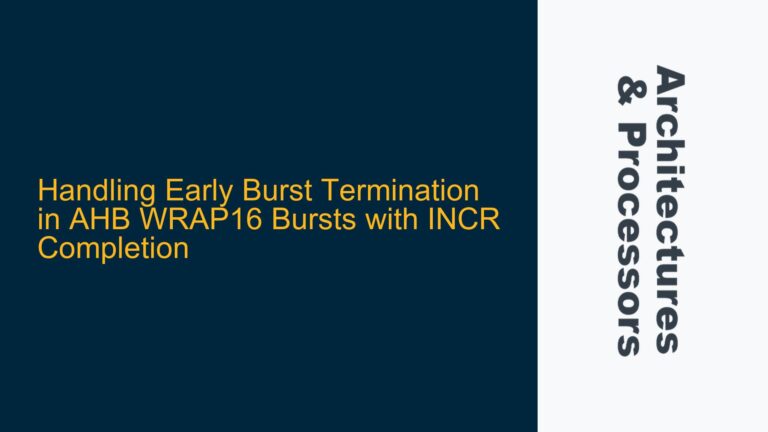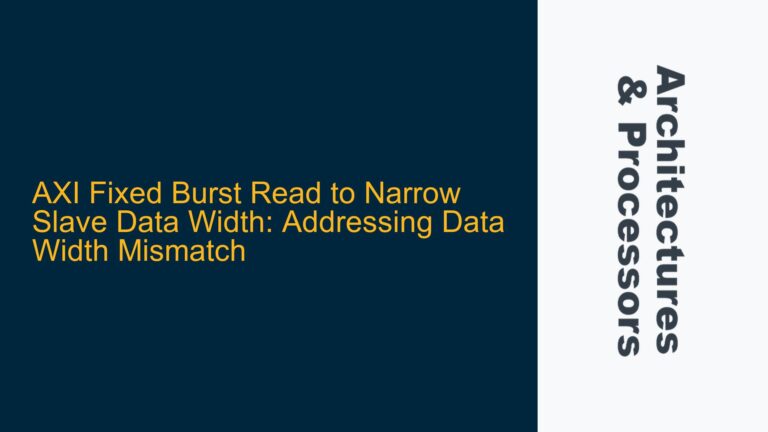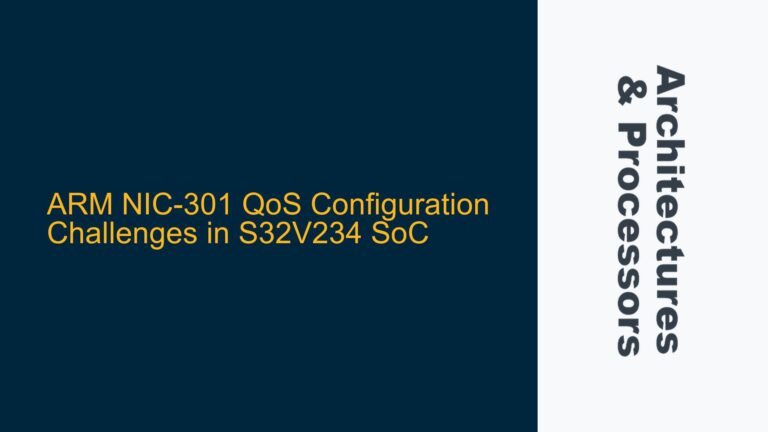R52 Development Board Availability and Alternatives for ARM Cortex-R52
ARM Cortex-R52 Development Board Scarcity and Market Challenges The ARM Cortex-R52 is a high-performance real-time processor designed for safety-critical applications, such as automotive, industrial control, and medical devices. Despite its robust feature set, including dual-core lockstep, virtualization support, and advanced fault tolerance, the availability of development boards featuring the Cortex-R52 is notably limited. This scarcity…



